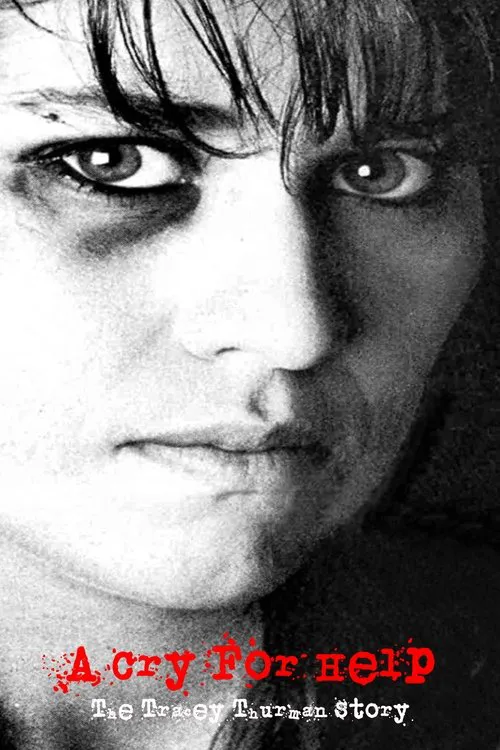A Cry for Help: The Tracey Thurman Story

Plot
In the 1989 television movie 'A Cry for Help: The Tracey Thurman Story', based on a true story, actress Nancy McKeon takes on the role of Tracey Thurman, a wife who finds herself trapped in an abusive marriage with her husband James Thurman played by William R. Moses. The movie begins with the idyllic facade of Tracey and James' marriage crumbling to reveal a darker reality. As the abuse escalates, Tracey becomes increasingly desperate to escape and files for a restraining order against her husband. Initially optimistic, she assumes that the authorities will ensure her safety, but as the reality sets in, it becomes apparent that the police are not taking her situation seriously. Despite the restraining order, James continues to stalk and harass Tracey, often showing up unannounced at her home and work. The police seem more concerned with placating James than with helping Tracey, and she's repeatedly told that there's nothing they can do to stop him. In fact, the police appear to be siding with James, and it becomes clear that they don't take domestic violence seriously. As the situation spirals out of control, the police are repeatedly called to deal with James' increasingly violent behavior. Despite having prior knowledge of his abuse, they fail to intervene, and their lack of action gives him the freedom to continue terrorizing Tracey. The turning point in the movie comes when James' abuse finally escalates to a horrific level. In a shocking and violent scene, he slits Tracey's throat in front of the police. The police, instead of arresting James for attempted murder, focus on treating Tracey's injuries and try to placate James. This heinous crime serves as a wake-up call for the community, and the case gains national attention. Frustrated and devastated, Tracey makes the difficult decision to file a lawsuit against the city and the police department for their inaction and negligence in protecting her. With the help of her lawyer, Tracey takes a stance against the system that failed her, challenging the notion that domestic violence is not taken seriously. The movie depicts the emotional toll this ordeal takes on Tracey, who finds herself fighting not just for her own life but also for the lives of countless other women who, like her, are suffering at the hands of their abusers. As the trial progresses, the focus shifts from defending the police department's actions to uncovering the root of the problem: the cultural and societal attitudes that perpetuate domestic violence. The trial sets a precedent for future cases by highlighting the responsibilities of law enforcement to intervene in domestic disputes and protect victims of abuse. The movie concludes on a hopeful note, as Tracey's courageous stand inspires change and brings attention to the often-overlooked issue of domestic violence. The film provides a thought-provoking portrayal of the complex relationship between law enforcement and domestic violence victims, shedding light on the need for more effective policies and procedures to protect those in need. In the end, 'A Cry for Help: The Tracey Thurman Story' serves as a powerful call to action, urging viewers to become more aware of the signs of domestic abuse and to speak out against the systemic failures that allow perpetrators to continue causing harm. The movie's message is clear: that the struggle to end domestic violence requires collective awareness, compassion, and a willingness to challenge the status quo.
Reviews
Recommendations



